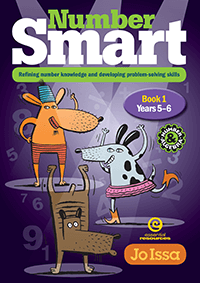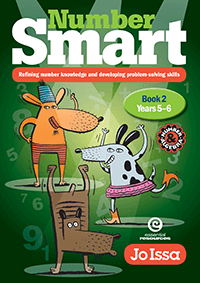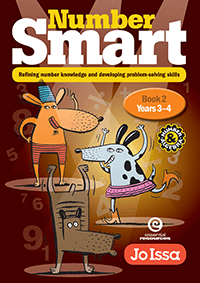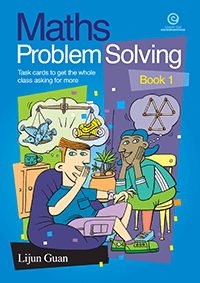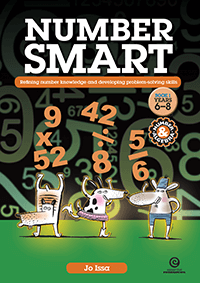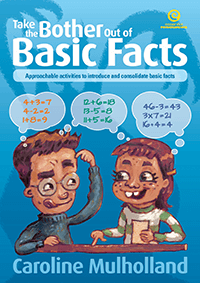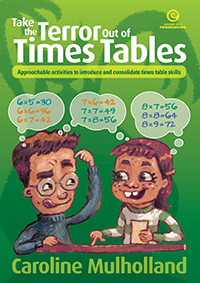Contents |
| Introduction | 4 |
| How to use this book | 4 |
| Curriculum links | 5 |
| Addition and subtraction | 6 |
| Place value to 1 000 | 6 |
| Positive and negative numbers | 9 |
| Groupings of tens and hundreds | 10 |
| Rounding numbers to the nearest 10 or 100 | 11 |
| Using near doubles, groupings and compatible numbers to solve problems | 12 |
| Using ones and tens to solve problems | 13 |
| Place value to 1 000 000 | 15 |
| Groupings of tens and hundreds and within 1 000 | 17 |
| Rounding numbers to the nearest 10, 100 or 1 000 | 18 |
| Using place value and partitioning to solve problems | 19 |
| Using tidy numbers to solve problems | 21 |
| Using compatible numbers and reversibility to solve problems | 22 |
| Ordering decimal numbers | 23 |
| Groupings and rounding decimal numbers | 24 |
| Solving addition and subtraction problems involving whole and decimal numbers | 27 |
| Multiplication and division | 29 |
| Groupings of twos, threes, fives and tens | 29 |
| Revising groupings and multiplication and division facts | 30 |
| Using repeated addition and doubling and halving to solve problems | 32 |
| Introducing equal sharing to solve division problems | 33 |
| Using equal sets to solve problems | 34 |
| Groupings within 10 000 | 35 |
| Developing multiplication strategies | 36 |
| Building on equal sharing to solve division problems | 38 |
| Using equivalent sets to solve problems | 39 |
| Groupings of tens, hundreds and thousands | 40 |
| Using compensation and place value to solve problems | 41 |
| Using doubling, halving, trebling and thirding to solve problems | 42 |
| Developing division strategies | 43 |
| Number patterns and relationships | 45 |
| Finding and applying rules | 45 |
| Applying divisibility tests | 48 |
| Prime numbers and square numbers and roots | 49 |
| Using the order of operations | 50 |
| Answers | 51 |
| Bonus resource: 0–100 number line | 56 |

